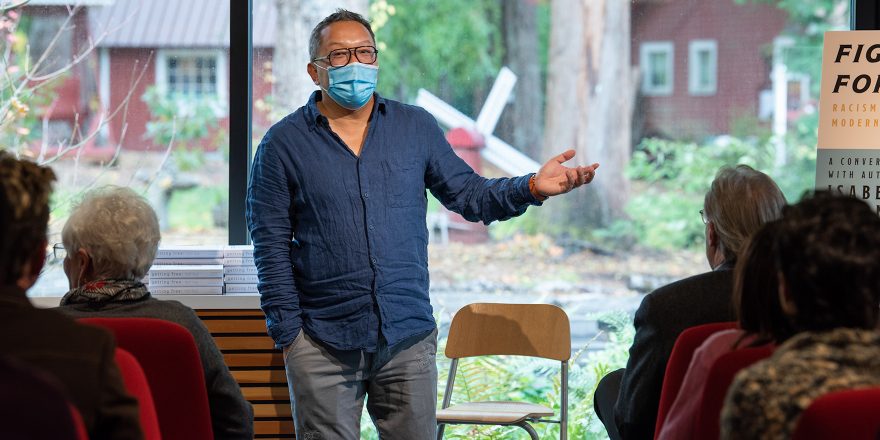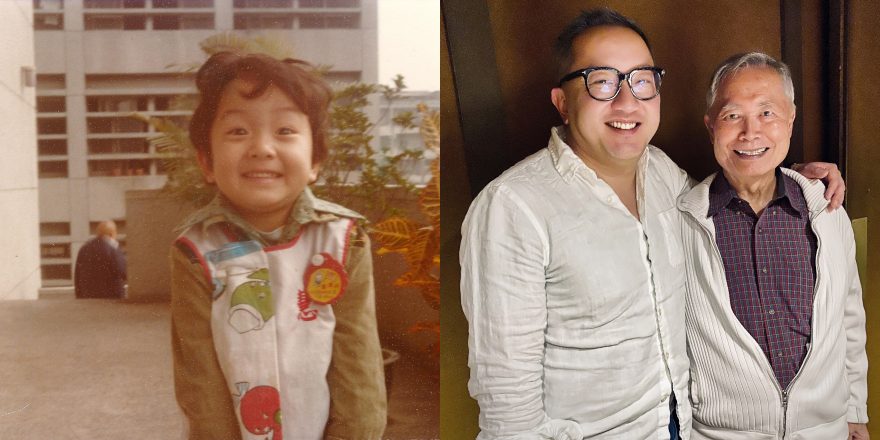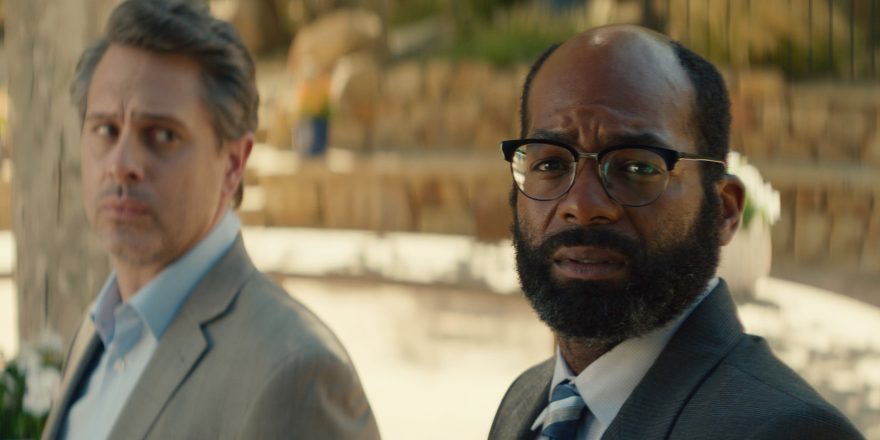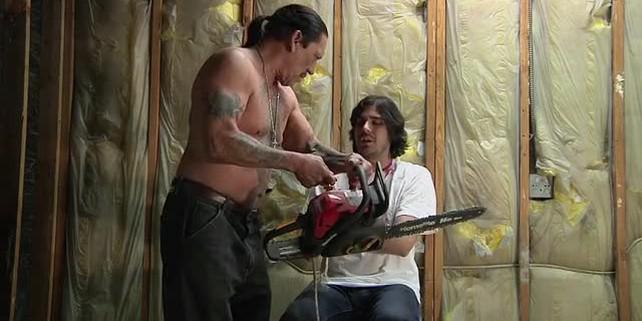As a gay Asian-American immigrant, I am passionate about bringing diverse viewpoints and experiences to my films, from before the camera is first turned on to the last post-production edit. In my view, this brings stories to life in a genuine and entertaining way that also shines a light on the broader cultural narrative.
What I find most gratifying about being a filmmaker is the opportunity to contribute work that brings to light previously unheard voices. Growing up “different” in suburban L.A., I was all too familiar with the pressure society brings to bear on conforming to the standard American Dream narrative. My family’s desire to fit in, combined with their disapproval of who I truly was, meant that to be accepted I had to present a façade that didn’t challenge their ideas of masculinity, success and prosperity. There was no support for my hopes of being a musician, an artist or any other aspirations outside the mainstream. But keeping my head down and playing the role of “model immigrant” taught me the dark art of silencing myself and wordlessly witnessing the rejection of my dreams.
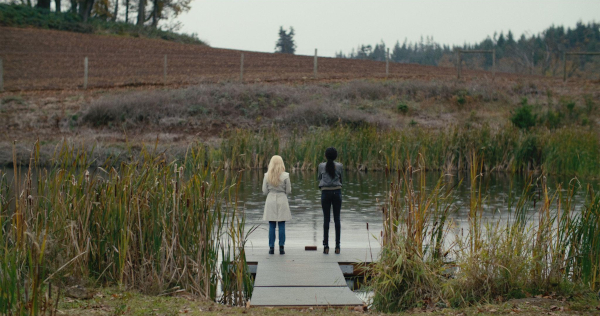
Only through trial and error and decades of experience have I been able to shed some of these imposed inhibitions. Yet this has created in me the ability to identify other people who struggle to be heard, who have stories to tell and who know that their point of view has value. In my work as a director and producer, I can hold open doors that I struggled to get through myself and encourage others to speak up and be heard.
As a director and producer, I oversee the metamorphosis of a story from the page to the screen, which takes much more than just casting, filming and editing. It starts with finding the right vehicle and using my experience and judgment to understand how it can be brought to life. And while this process can take many forms, my principal approach is to find a timeless story that nevertheless feels relevant to our fast-changing society.
When my team first came across the script for Half Sisters, I knew this was a project I wanted to make. But I also knew there was a lot of ground to cover before it could be turned into a film. In the story, two half-sisters who bitterly hate each other become trapped in a cabin during a storm, while murderous intruders terrorize them from outside as they look for their $1 million inheritance check. This tale of sibling rivalry, danger and shared destiny was powerful, but I also wanted to make it feel fresh and connected to the zeitgeist.
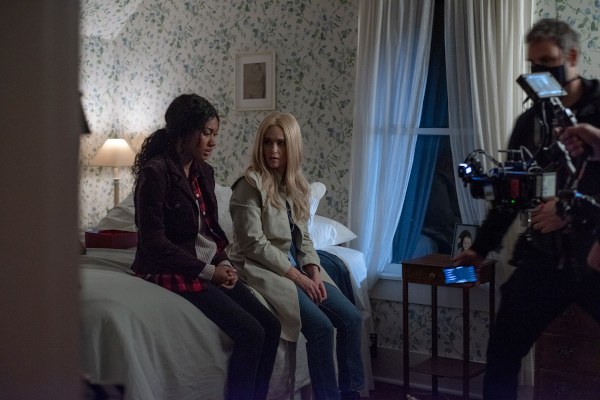
As it happens, we were working on the script for Half Sisters in 2020, as new terms such as COVID-19 and “essential workers” were entering the global lexicon and a summer of Black Lives Matter protests was beginning. Though not an activist myself, I nevertheless felt deeply the rage people were experiencing as women and men of color were dying at the hands of the police, and those with the fewest resources faced the worst repercussions of the pandemic.
There is no question that this context informed my next step. After purchasing Joe Leone’s original script, I brought on J. Alexander Johnson, a talented Black writer, to rework it so it would speak to the changing environment we were all experiencing. Through his guidance and skill, the dynamic between the main characters was given an added complexity and depth by making one sister white and the other African American.
This change not only fueled the story’s dramatic development, but also organically created greater nuance in the relationship between the characters of Isabel and Leeza by leveraging the voice of someone who had a keen insight into the lived experience of the protagonists.
In developing Half Sisters into a full-length feature, my past experiences also opened a window to see the film more clearly. I particularly leaned on the complicated relationships I had within my own family – and particularly with my brothers – to understand the dynamic between sisters Isabel and Leeza. I resonated deeply with their physical altercations, the dismissiveness of each others’ perspective and their attitude of mutual contempt while vying for parental favor.
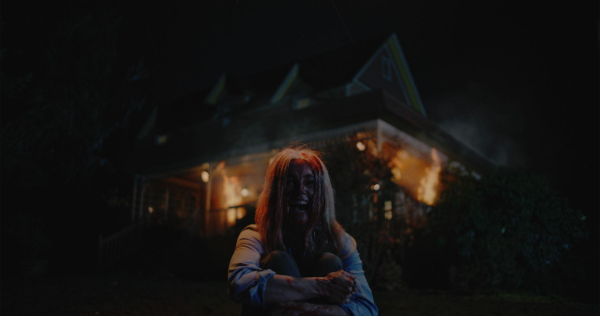
However, filmmaking is ultimately a team sport. Taking the kernel of a story and making it into a film worthy of watching requires many hands working together. Each person brings their own talent and expertise, and each brings their own context. To create a final product that connects with audiences, the team must play harmoniously. The magic comes from the joint effort where everyone gives of themselves in some way, making the film more than the sum of its parts.
To be clear, Half Sisters isn’t a social justice film; it’s just a piece of entertainment that engages audiences and allows a story to unfold that will keep them thinking after the house lights come up. I’m grateful for the combined talents of the people who helped bring the film together, and pleased that audiences seem to be enjoying the film. It was no accident. The story behind Half Sisters is one of respect, cooperation and making sure every voice is heard.
Featured image shows Devin Fei-Fan Tau during the making of Half Sisters; all images courtesy Devin Fei-Fan Tau.


